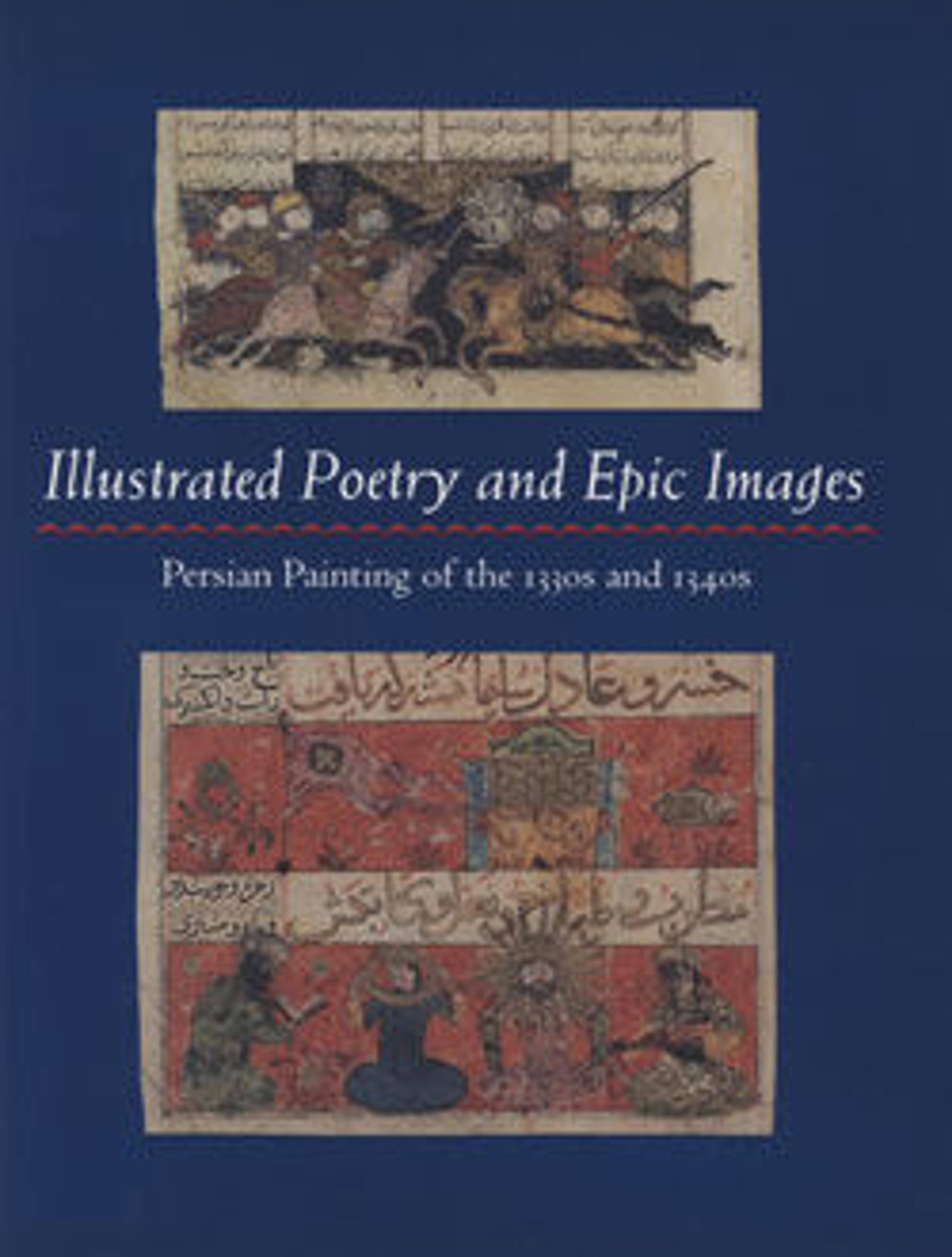"Caesar Gives his Daughter Katayun to Gushtasp", Folio from a Shahnama (Book of Kings) of Firdausi
In the court of Rum (the Roman Empire) it was customary for a princess to select her husband from among the assembled nobles. Katayun chose Gushtasp, whom she had seen in a dream. Her father Caesar was dismayed, not realizing that Gushtasp was actually a Persian prince since he was traveling incognito. At the right a wise counselor, identifiable by his turban, reassures Caesar but the scene is dominated by the charmingly posed princess telling her happy news to a lady-in-waiting as a doorkeeper eavesdrops.
Artwork Details
- Title: "Caesar Gives his Daughter Katayun to Gushtasp", Folio from a Shahnama (Book of Kings) of Firdausi
- Author: Abu'l Qasim Firdausi (Iranian, Paj ca. 940/41–1020 Tus)
- Date: ca. 1330–40
- Geography: Attributed to Iran, probably Isfahan
- Medium: Ink, opaque watercolor, gold, and silver on paper
- Dimensions: Painting: H. 1 15/16 in. (4.9 cm)
W. 4 3/16 in. (10.6 cm)
Page: H. 8 1/16 in. (20.5 cm)
W. 5 5/16 in. (13.5 cm)
Mat: H. 19 1/4 in. (48.9 cm)
W. 14 1/4 in. (36.2 cm) - Classification: Codices
- Credit Line: Bequest of Monroe C. Gutman, 1974
- Object Number: 1974.290.22
- Curatorial Department: Islamic Art
More Artwork
Research Resources
The Met provides unparalleled resources for research and welcomes an international community of students and scholars. The Met's Open Access API is where creators and researchers can connect to the The Met collection. Open Access data and public domain images are available for unrestricted commercial and noncommercial use without permission or fee.
To request images under copyright and other restrictions, please use this Image Request form.
Feedback
We continue to research and examine historical and cultural context for objects in The Met collection. If you have comments or questions about this object record, please contact us using the form below. The Museum looks forward to receiving your comments.
